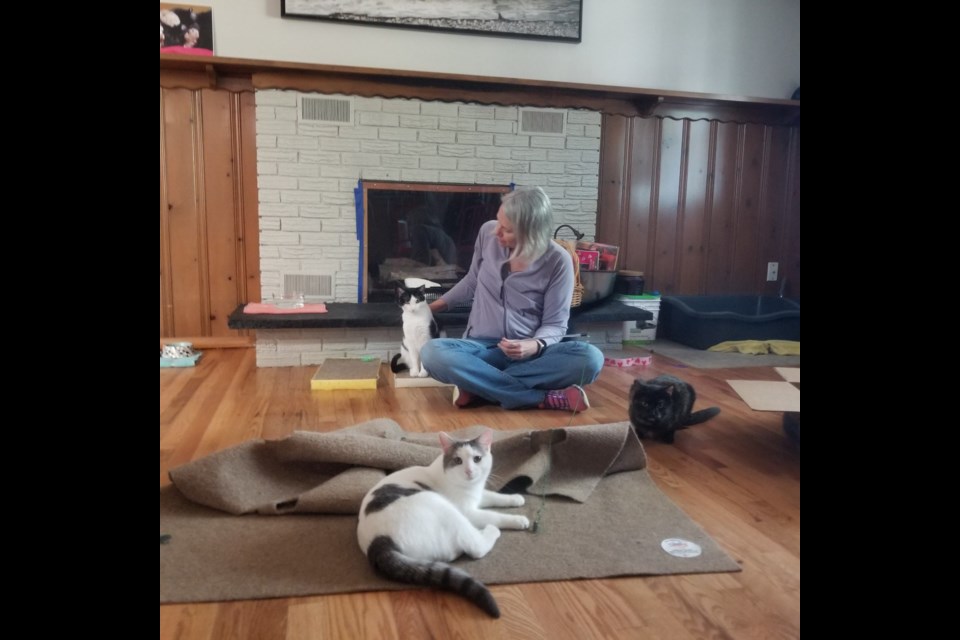Esther Mills doesn’t consider herself a dog person or a cat person as board president and founding member of Longmont Friends of Feral and Abandoned Cats.
She doesn’t think most other people are either. When people say they aren’t cat people, she has a ready response.
“Just say, are you a kind and compassionate person and you don’t want to see any animals suffer?” she said.
Back in the early 2010s, there were feral cat colonies throughout Longmont that people were spending their own money to feed and TNR — Trap, Neuter or Spay and Return. Mills discovered the world of feral cats and helped the Longmont Friends of Feral and Abandoned Cats get their nonprofit designation in 2013.
For several years, the group focused on feeding feral cat colonies and TNR and raising the money to get that done. LFFAC is not a removal group, Mills explained.
“In the feral world, when you create a vacuum, it always gets filled,” she said. “So removing them out is not the best decision, but spaying and neutering them cuts down the reproduction.”
During their ongoing work with the feral cat population, LFFAC members began wondering what it would take to get these cats placed in permanent homes. Feral cats are often fearful of humans, and in the feral cat world, many think that after a certain age a cat can’t be socialized.
“We realized that for us, in our group, it was not true,” Mills said. “It may take much longer. We started thinking, there’s more to just spaying and neutering cats. It’s being able to socialize them and get them to trust people so that it could make them adoptable.”
LFFAC found a spot in Longmont to rent and maintain a foster home for the cats, with rooms divided up and catteries on the outside. They are now a licensed shelter.
“We’re kind of evolving into the kind of a group that we want to spend the time trying to get cats ready for adoption,” Mills said. “We don’t want every cat to go into a barn cat program when there’s a huge possibility that they could be socialized to trust people and to be adopted.”
Mills said not many groups are doing the socialization aspect with feral cats since it requires holding on to cats longer and spending so much time with them. LFFAC works with smaller numbers of cats because of that.
The organization currently feeds about 65 cats a day, Mills estimated, and has roughly 35 volunteers helping with feeding, trapping, socializing, coordinating, grant writing and more. The nonprofit’s only paid employee is their part time executive director.
She added that most people in the community want to be part of the solution for the feral cat problem, looking to feed cats or TNR them.
“Cats in communities like feral or abandoned cats are kind of at the bottom of the rung for a lot of compassion for some people,” Mills said. “... I love it when we have people in the community who have some kind of compassion for these cats, who are there not by their choosing.”
Several of LFFAC’s cat colonies have a nearly 100% spay/neuter rate and others are down from 20 colony members to just a few.
“Nine years and we have come a long way,” she said.



